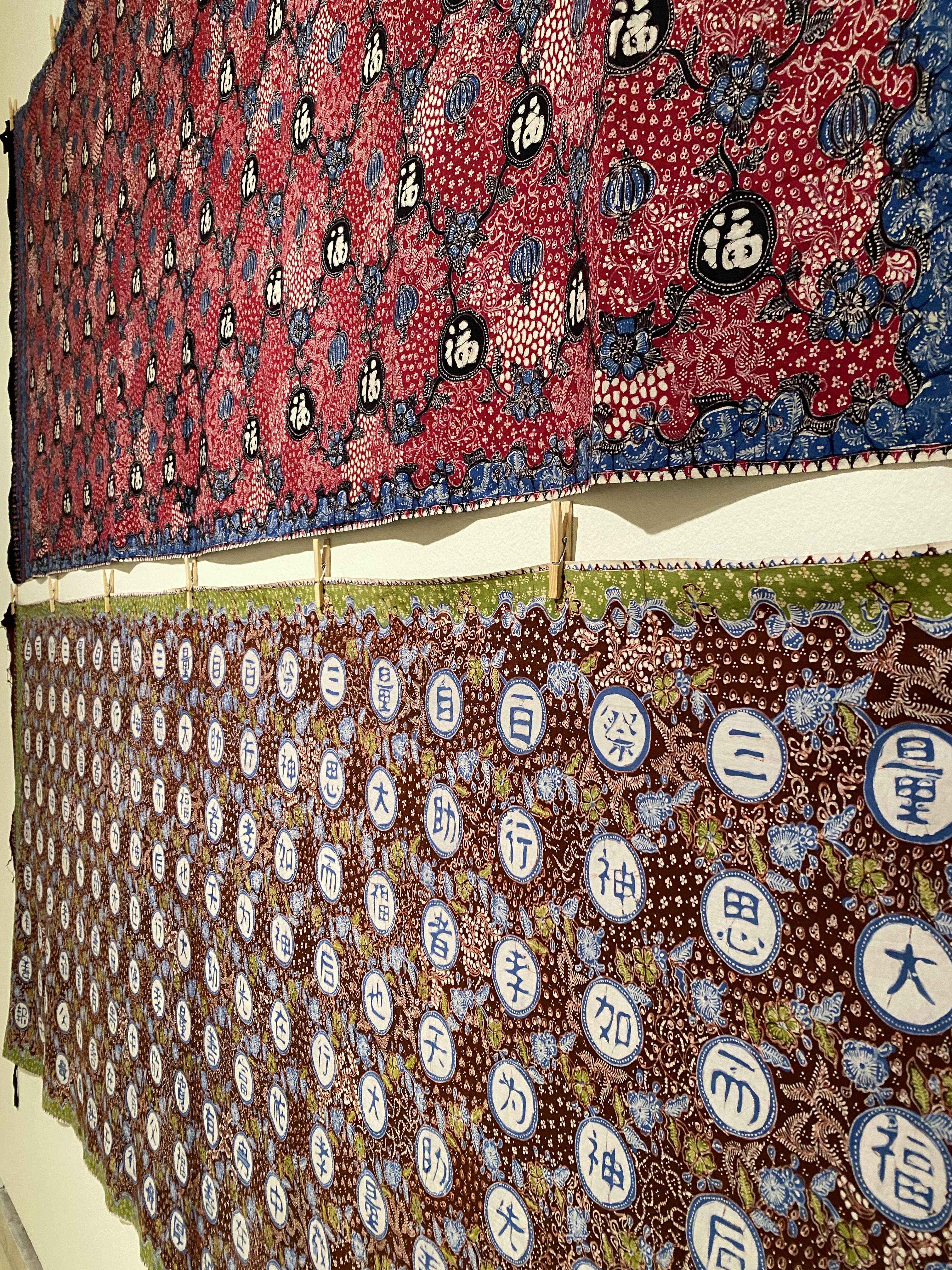Last week, I scrolled my Instagram timeline when I saw Galeri Petronas’ (Petronas Gallery) post about their recent exhibition. The infamous Silk & Spice Road is one of the topics that I really really like; it’s really cool to see how trades and exploration gave birth to new cultures, culinary, religions, lifestyles, and technology advancements.
Last Friday was my day-off/flex day, so I decided to visit Galeri Petronas and see the exhibition.

A bit of disclaimer; I didn’t take tons of pictures. I feel like partly is because I suck in taking pictures ? Not too sure why, maybe because I’m too picky.
The exhibition displays the crafts and works from Malaysia, India, China, Thailand, Indonesia, and Myanmar. A bit of downside — which, really inavoidable — is the amount of display objects. Spice & Silk Road is a massive topic, and Galeri Petronas’ halls would need more area should they want to display more detailed exhibition.

On the first part of the exhibition, it was about betel nut and betel leaves culture. The culture of betel nut chewing in India spread through the maritime Silk & Spice Road to Southeast Asia. Even up to now in Indonesia, you can still see old folks — mostly women — chewing betel leaves. It is said that chewing betel leaves is beneficial for your teeth.
The habit of chewing betel nuts and leaves itself gave birth to craftsmanships on various woven bags, baskets, wooden containers, lacquered boxes, even brass and silver containers.
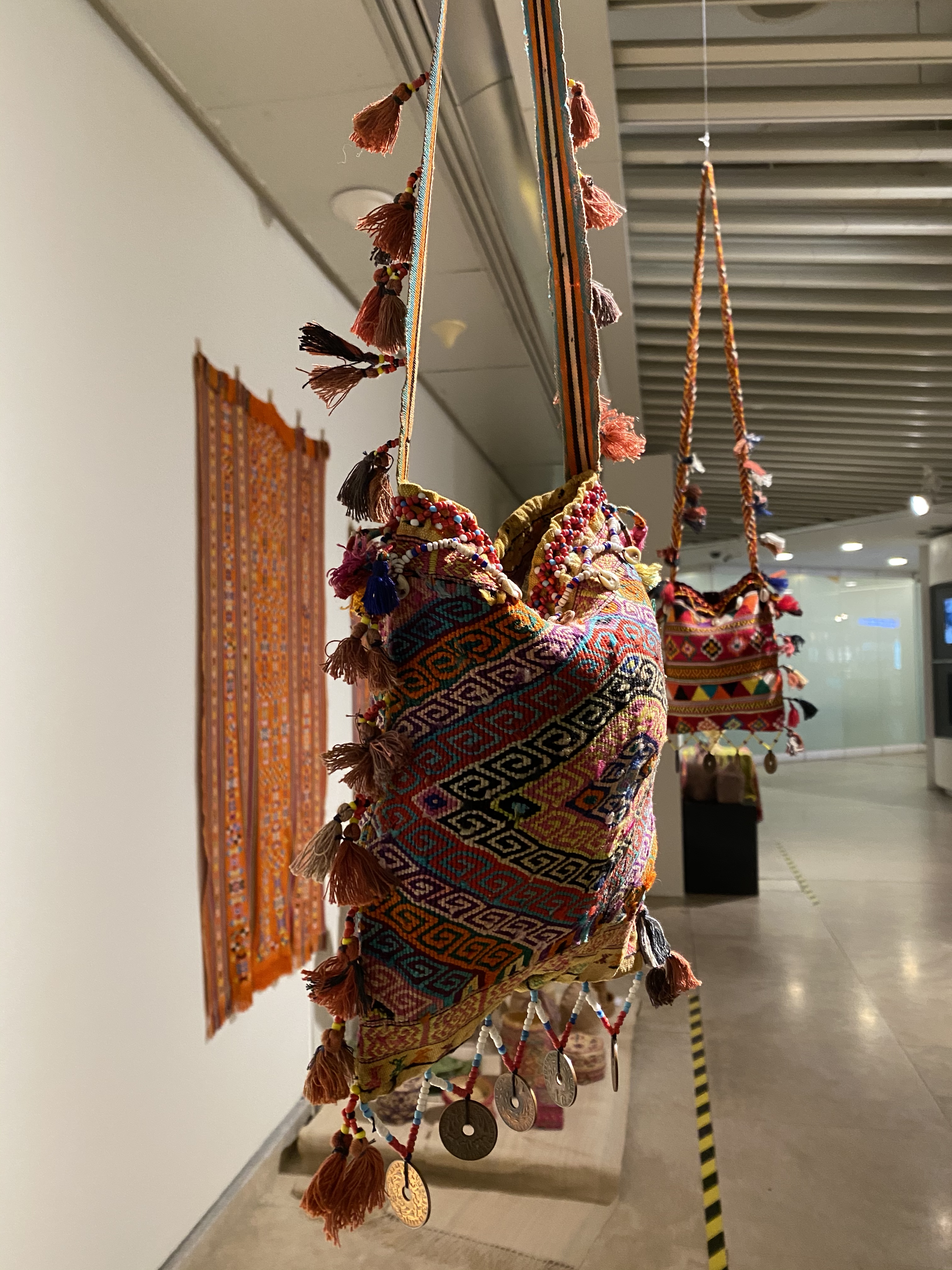
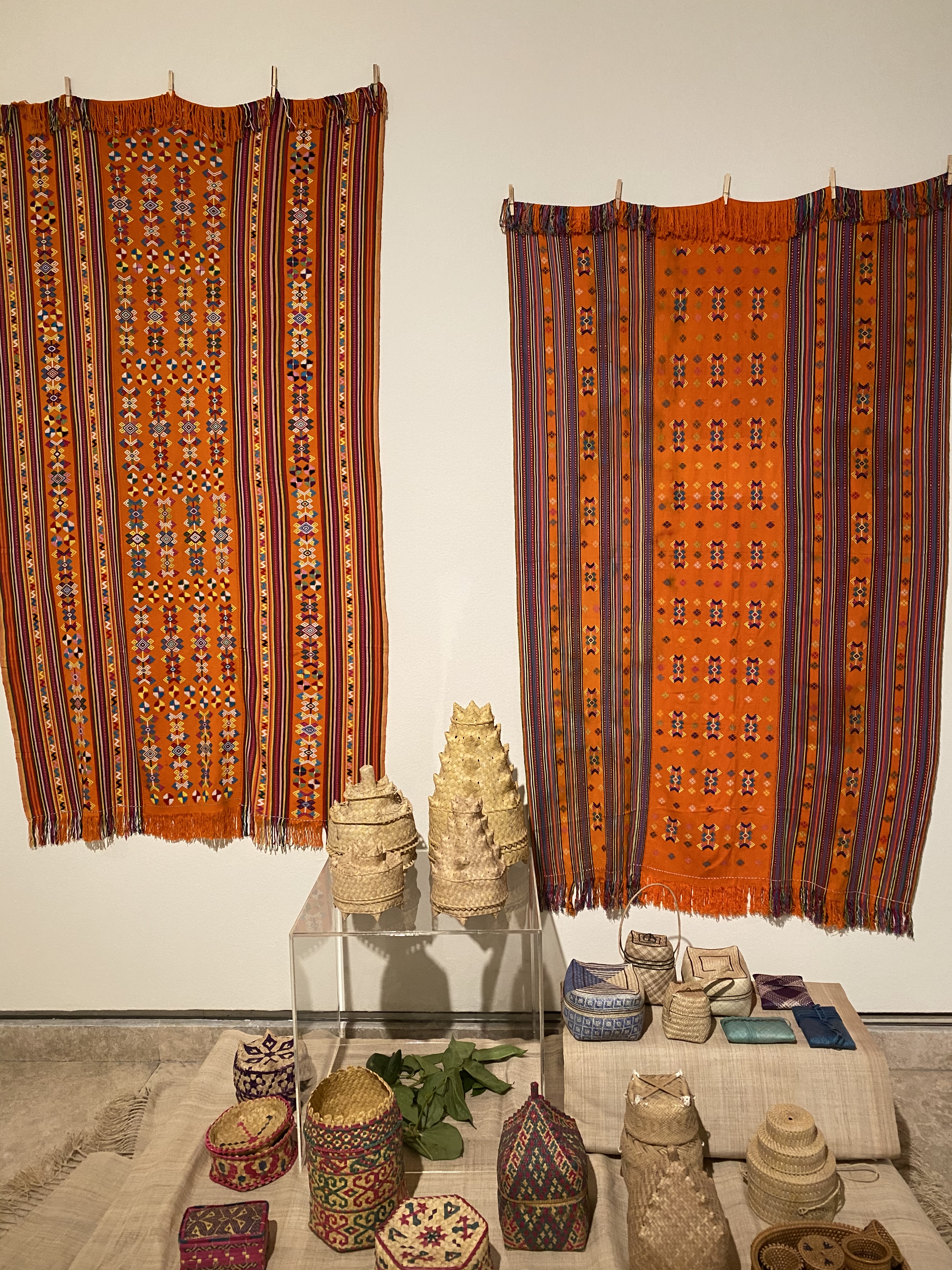
One thing that interests me is this one: A Dutch set of betel leaves container (Dutch tepak sirih (betel leaves container) set). “Sirih” (see-reeh) is betel leaves/leaf, and “tepak” is a container specifically for betel leaves and nuts, reserved for special ceremonies and weddings.
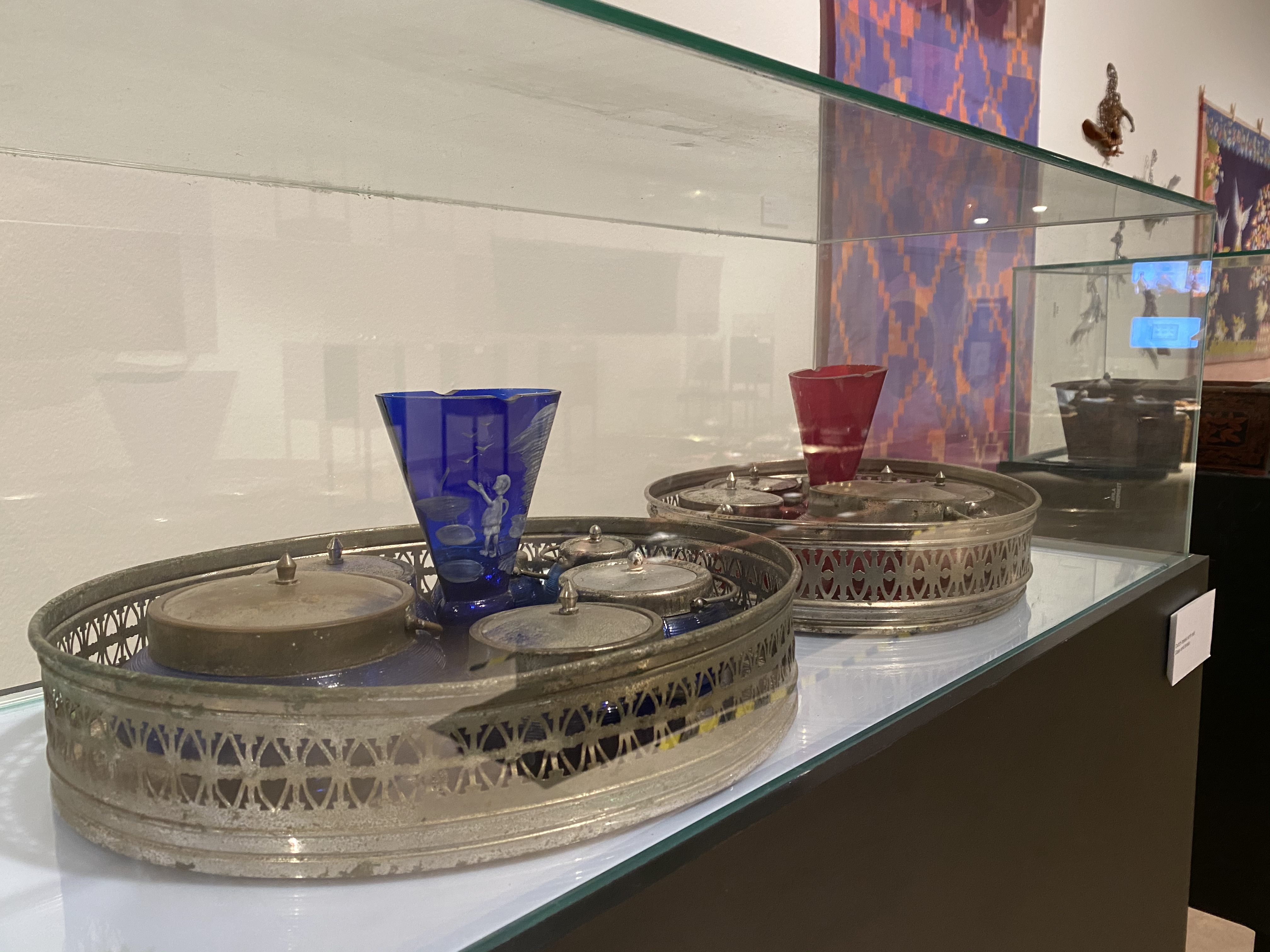
I couldn’t find better angle for the image above, I’m so sorry.
For me, the Dutch set is interesting because it’s using glasses and the design looks like heavily influenced from the Western world. Most tepak sirih in Asia countries are made from things provided abundantly around — fibres weave, brass, bronze, wood, and silver. Glass was super scarce at that time and maybe it entered Southeast Asia culture when the Europeans came ? Back then, it was super expensive, so I’m not so sure if glass tepak sirih was a common thing. I presumed it might be reserved for the ultra rich or royals.
This is quite fascinating, as I haven’t heard or read about Dutch folks chewing betel leaves during colonialization era in Indonesia. Maybe there were Dutch folks who did that, though. If anyone of you know about it, feel free to share!
After betel culture, the exhibition displayed lotus motifs — and this is equally beautiful. As it came from the Chinese culture, lotus motif became synonymous with purity, calmness, and spirituality from India to Southeast Asia.

Next is, personally, the highlight of the exhibition. THE must-watch must-see on this exhibition.
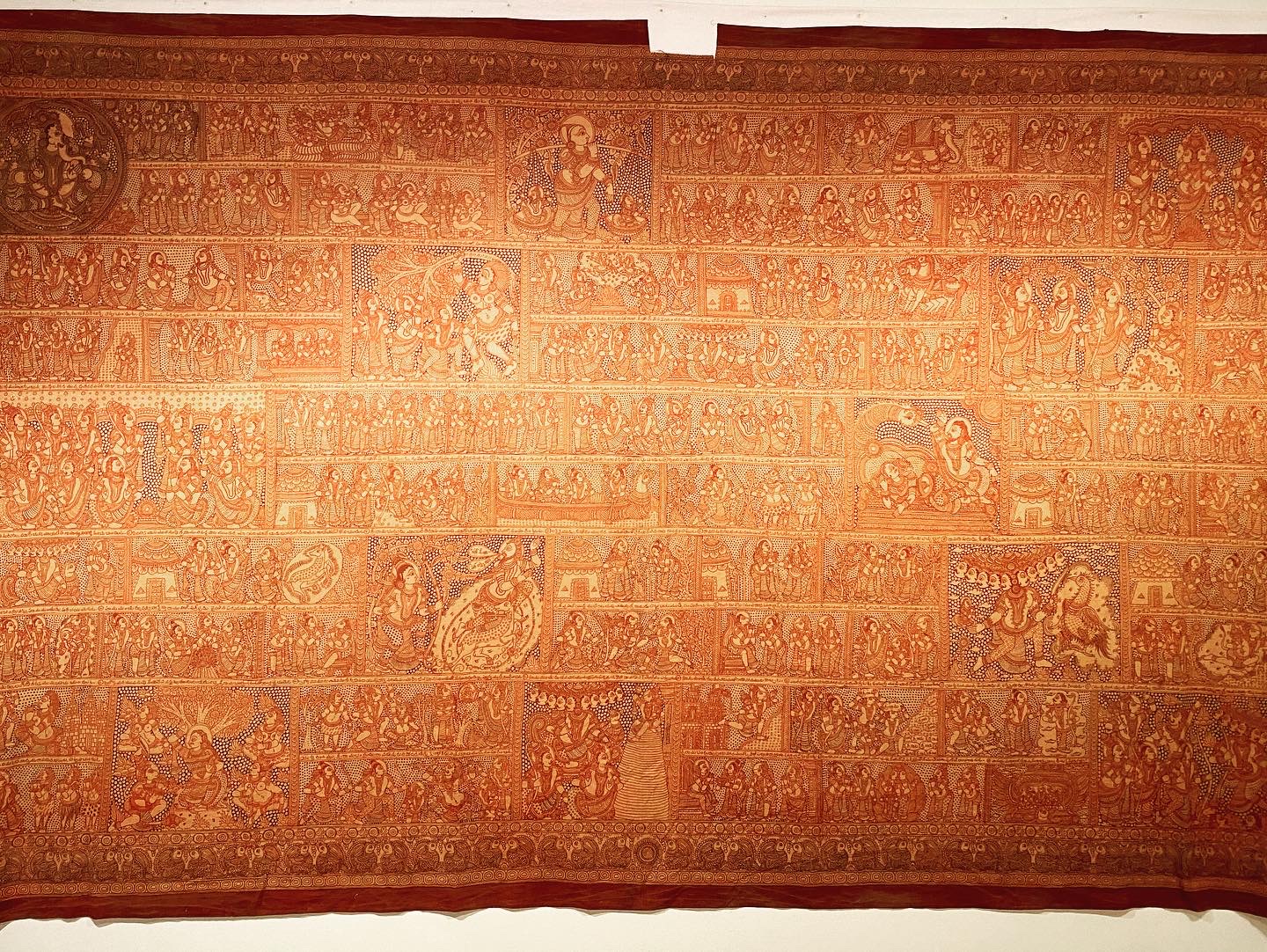
This is a really really impressive kalamkari. Kalamkari is a method of hand painting (“kalam” means pen or ink) using turmeric pen with natural dye. That kalamkari picture above depicted an ancient Hindu epic ‘Ramayana’. Ramayana is a story about good prevails over evil; a crown prince banished from the kingdom, a remorseful king, and about love’s loyalty.
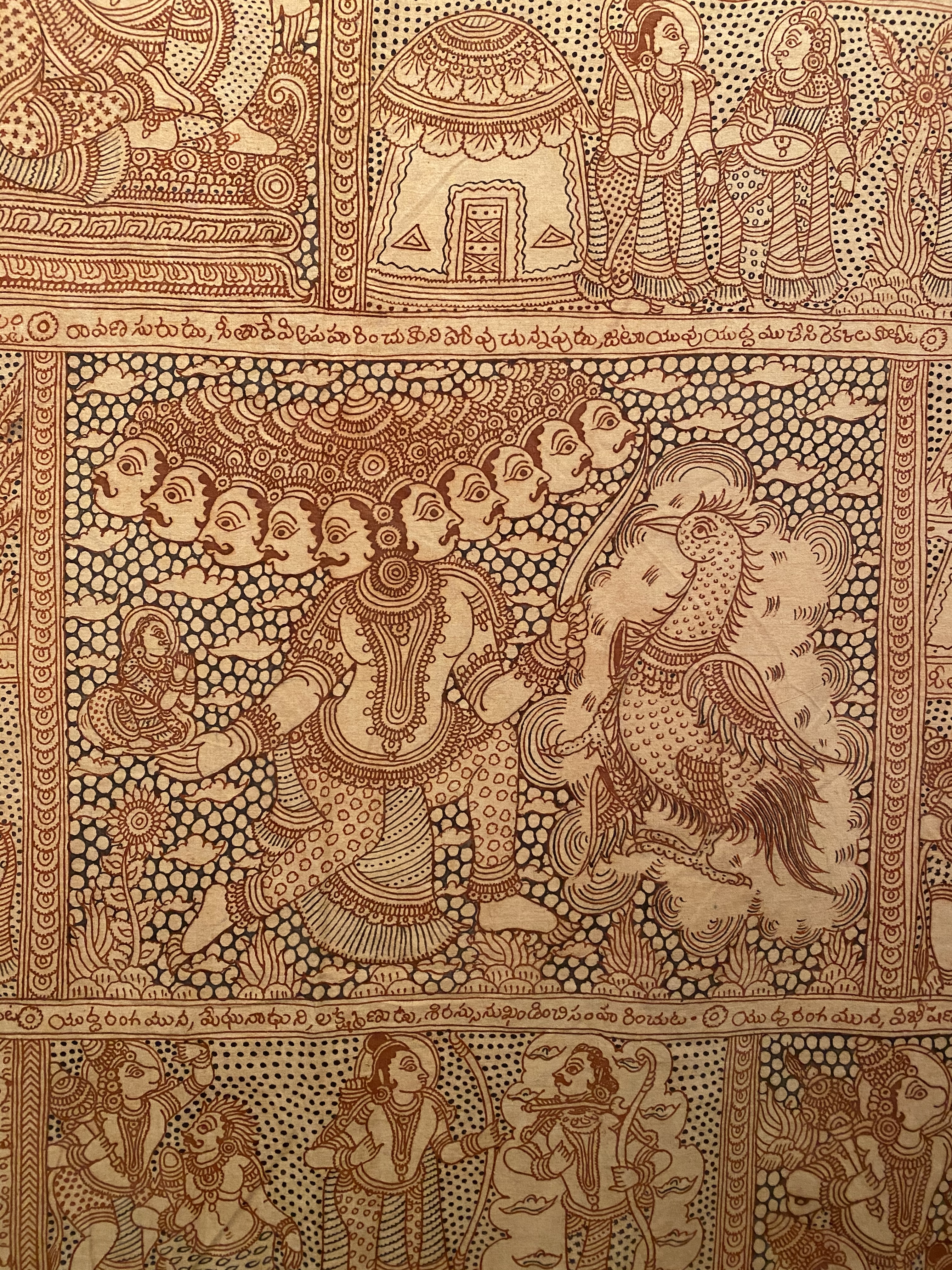
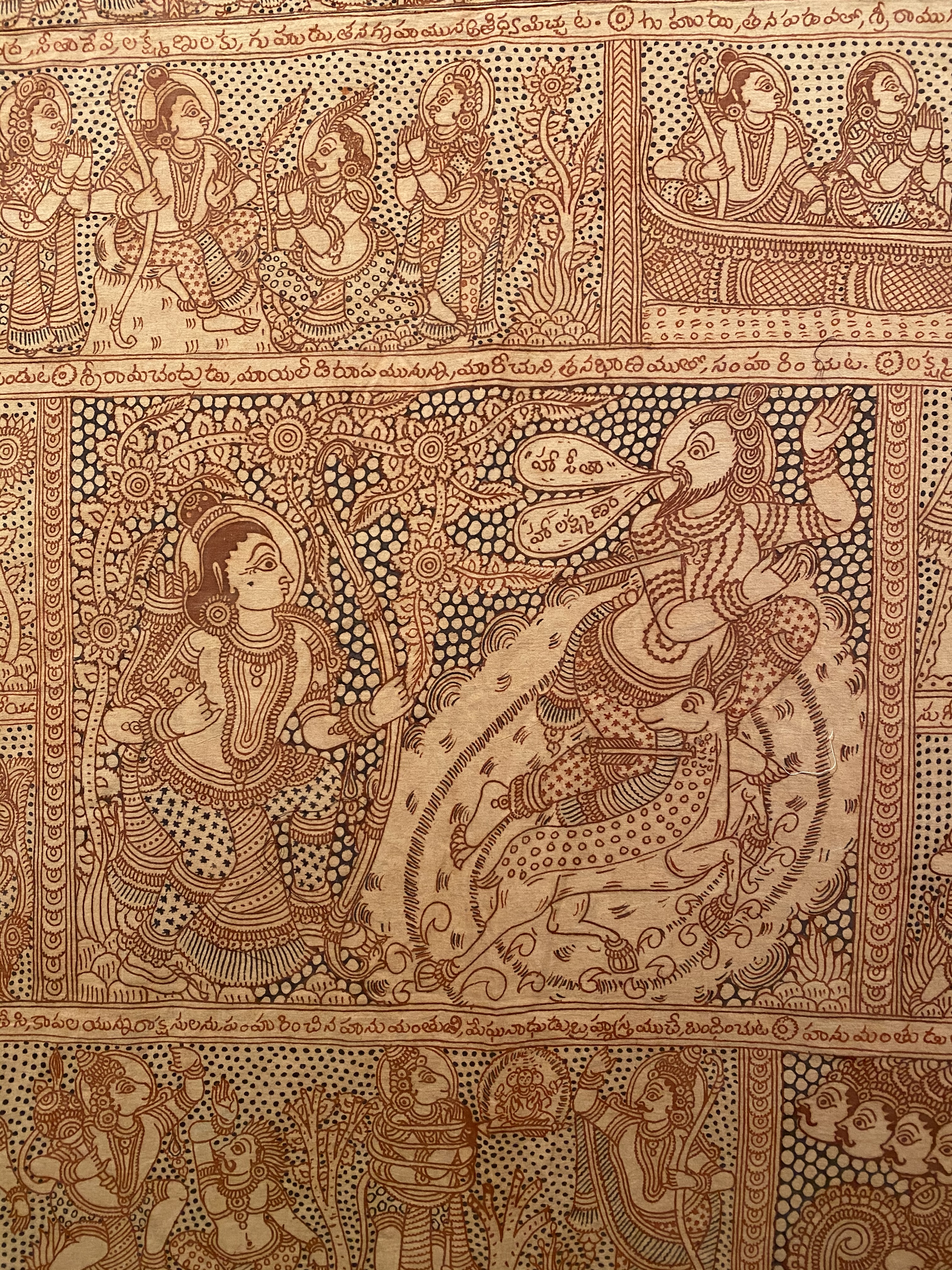
There’s even a bronze jar with Ramayana character engraved on it.

Ramayana itself is acknowledged as part of Indonesia’s Hindu culture and you can watch Ramayana ballet (sendratari Ramayana) in Yogyakarta, Indonesia. I never watch one and I’m dying to watch it. I’m not super sure if the rules still apply or not, but it is said that the ballet only performed when it’s during the full moon. Last time I wanted to watch it, it wasn’t a full moon, so… ?
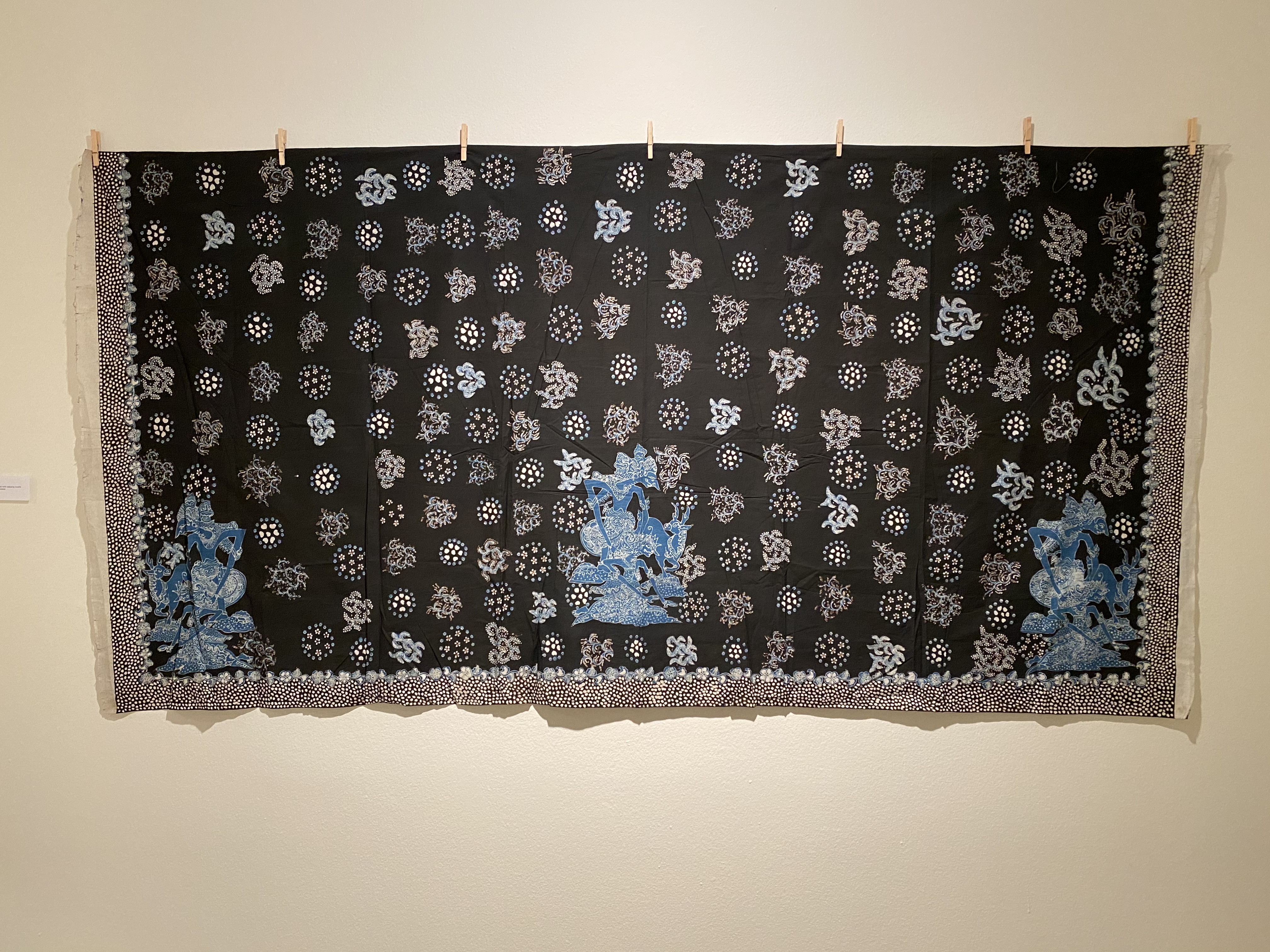
I realized the batik is in Ramayana motifs as I noticed the deer character.
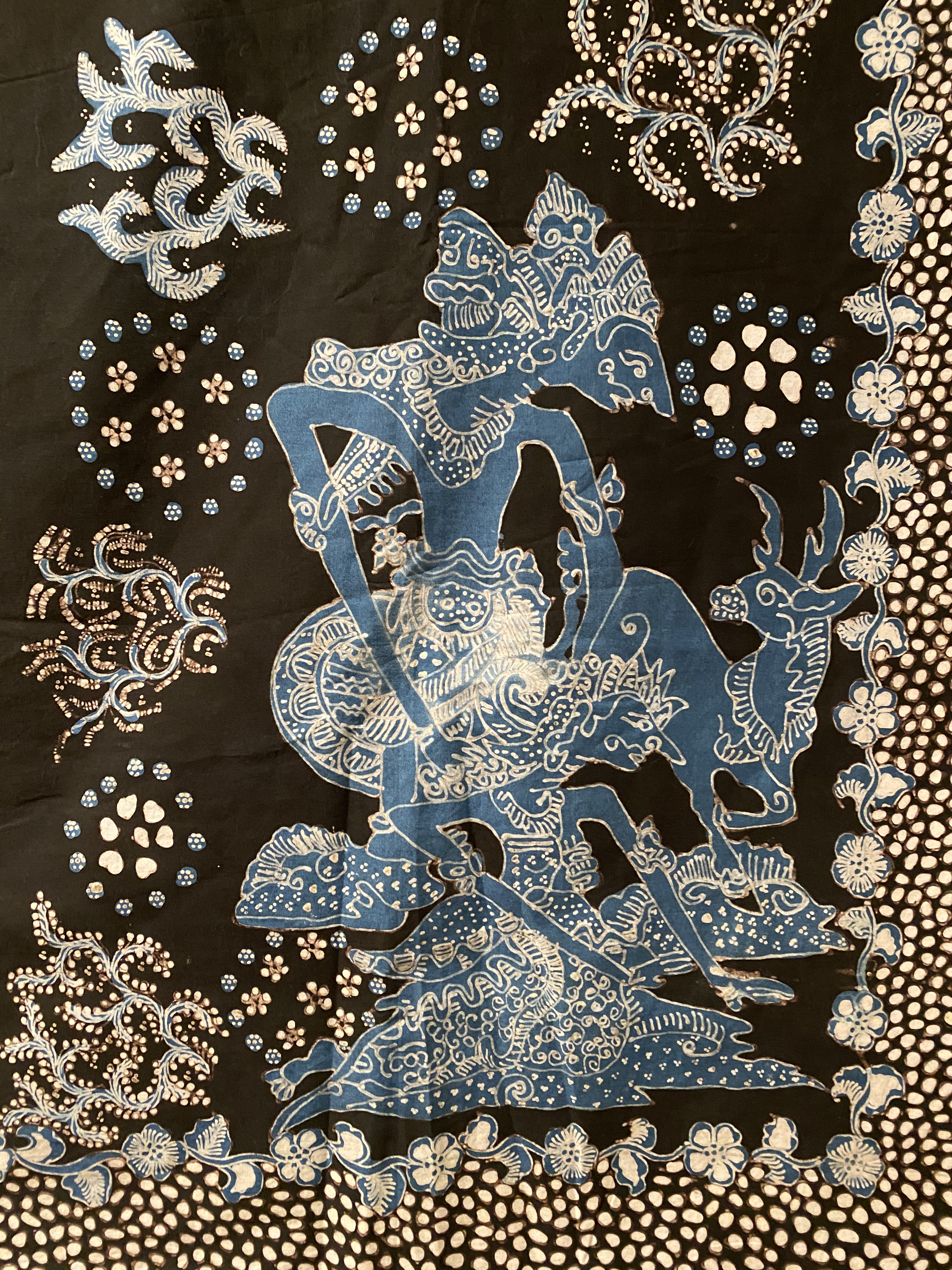
Aside from Ramayana epic, ancient Hindu also has Mahabharata (The Great War) epic — and I kind of lowkey wanted Mahabharata to be displayed too, but I guess it would take a venue five times bigger ?
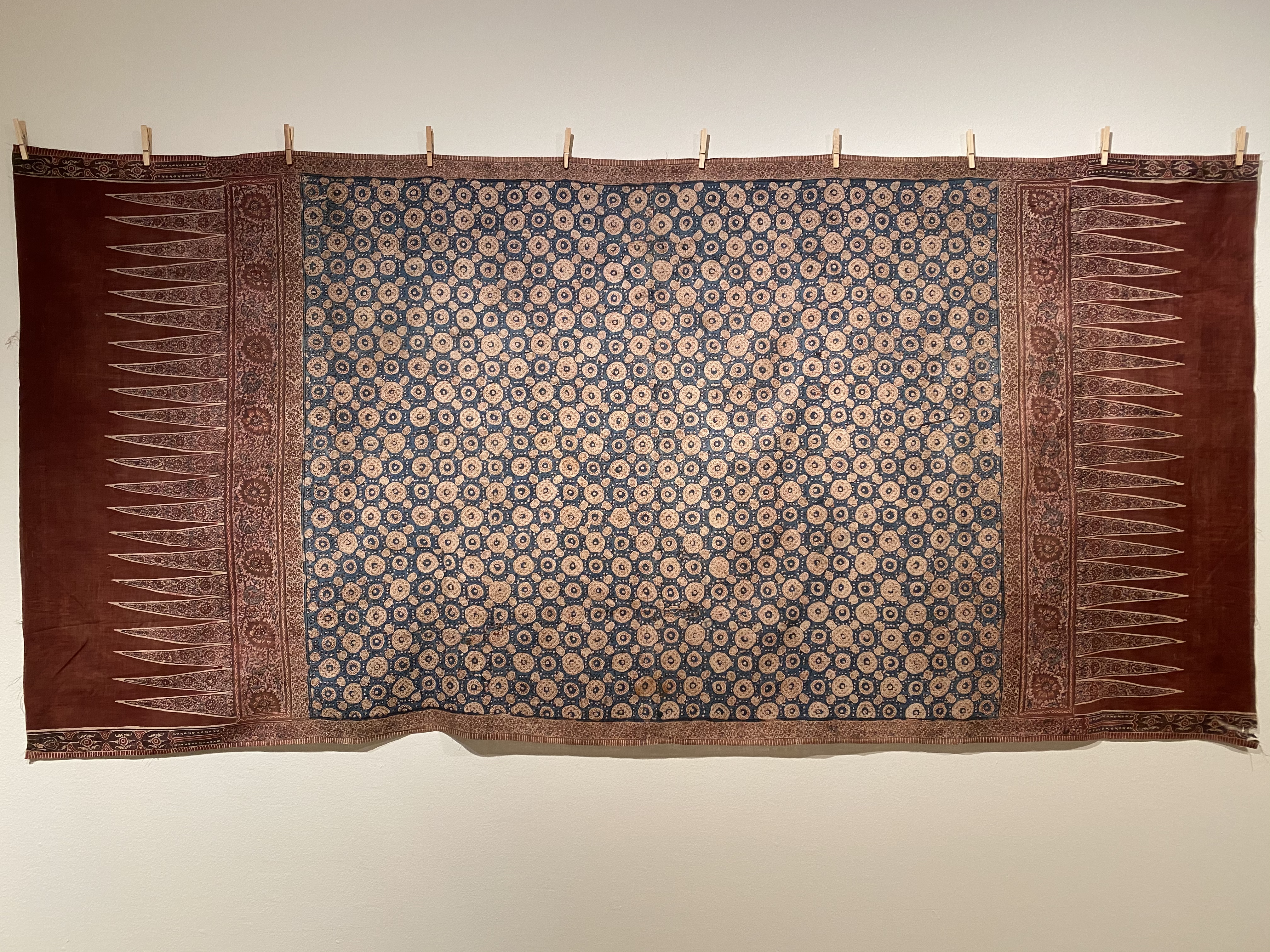
I got pleasantly surprised when I see a display of Indonesian batik with Chinese and Japanese characters.
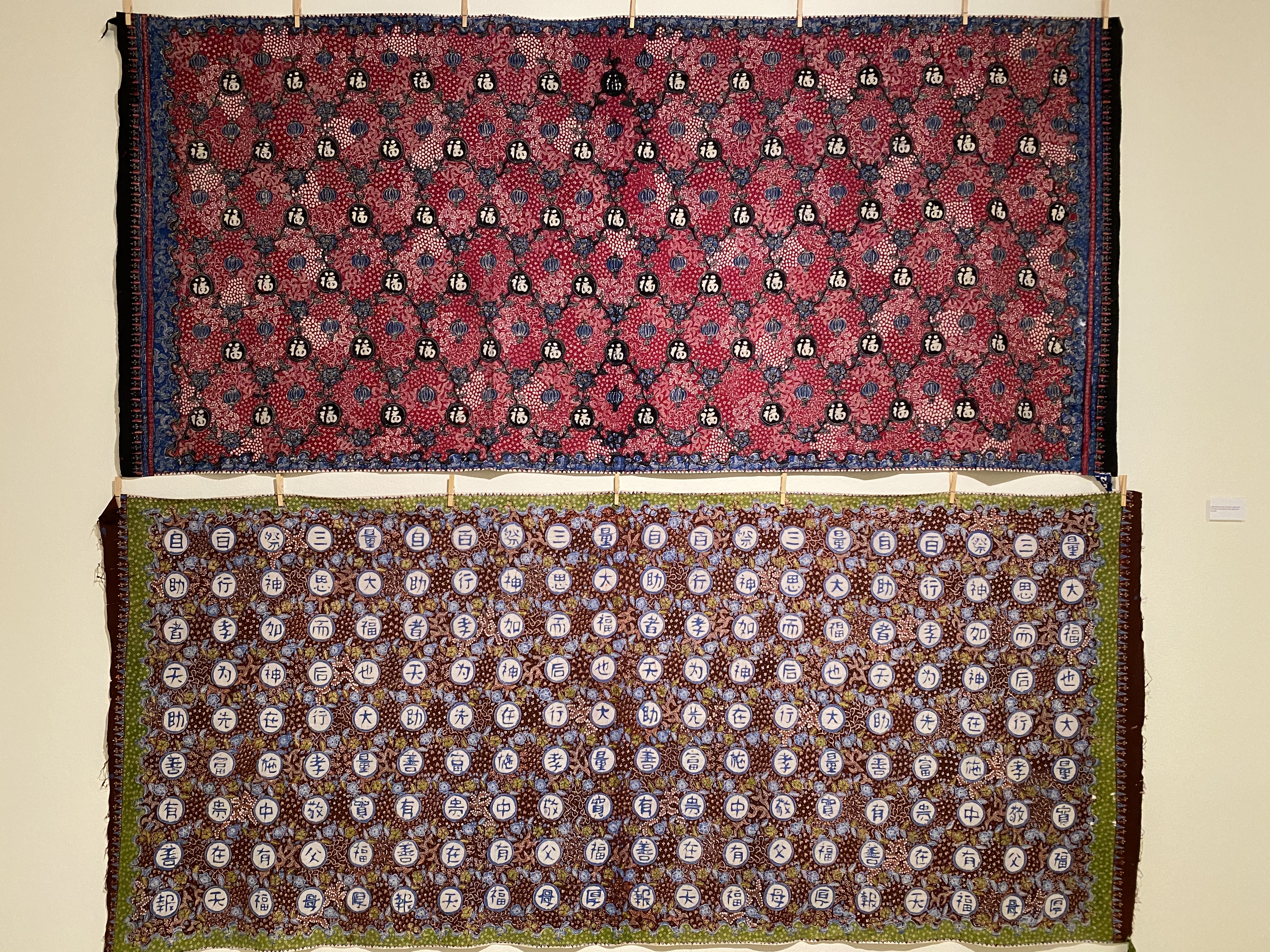
A bit of note about this exhibition, though; I really wish there are more information on the display object — there are some objects that I believe having certain stories or additional information on it, and we can actually dig more about it.
If you happen to be in Kuala Lumpur, Malaysia and in KLCC area, please do come to this exhibition in Galeri Petronas. The exhibition is held from October 31 to December 29. And have I told you the admission is free? ?
Galeri Petronas
341-43, Suria KLCC PETRONAS Twin Towers, Persiaran Petronas, Kuala Lumpur City Centre, 50088 Kuala Lumpur, Wilayah Persekutuan Kuala Lumpur
03-2051 7770
